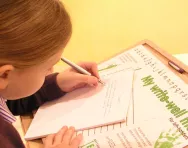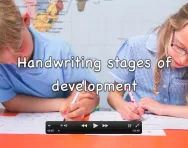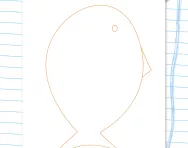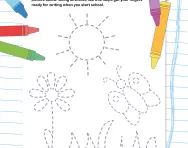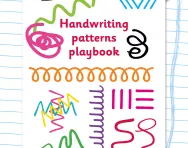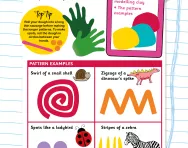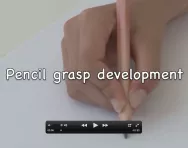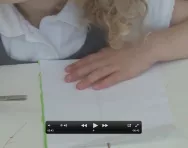Important update from TheSchoolRun
For the past 13 years, TheSchoolRun has been run by a small team of mums working from home, dedicated to providing quality educational resources to primary school parents. Unfortunately, rising supplier costs and falling revenue have made it impossible for us to continue operating, and we’ve had to make the difficult decision to close. The good news: We’ve arranged for another educational provider to take over many of our resources. These will be hosted on a new portal, where the content will be updated and expanded to support your child’s learning.
What this means for subscribers:
- Your subscription is still active, and for now, you can keep using the website as normal — just log in with your usual details to access all our articles and resources*.
- In a few months, all resources will move to the new portal. You’ll continue to have access there until your subscription ends. We’ll send you full details nearer the time.
- As a thank you for your support, we’ll also be sending you 16 primary school eBooks (worth £108.84) to download and keep.
A few changes to be aware of:
- The Learning Journey weekly email has ended, but your child’s plan will still be updated on your dashboard each Monday. Just log in to see the recommended worksheets.
- The 11+ weekly emails have now ended. We sent you all the remaining emails in the series at the end of March — please check your inbox (and spam folder) if you haven’t seen them. You can also follow the full programme here: 11+ Learning Journey.
If you have any questions, please contact us at [email protected]. Thank you for being part of our journey it’s been a privilege to support your family’s learning.
*If you need to reset your password, it will still work as usual. Please check your spam folder if the reset email doesn’t appear in your inbox.
Video: Pre-writing activities to support handwriting
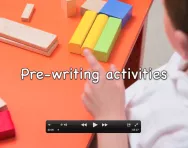
Through scribbling, working at an easel and playing with playdough young children are acquiring many of the motor skills needed for handwriting in the primary years.
Experts from the National Handwriting Association explain how these activities can help your child's pre-handwriting development and how to make the most of play opportunities in preparation for patterning in Reception.
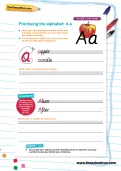
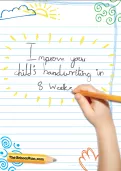
Improve handwriting in 10 minutes a day
- Step-by-step handwriting guide
- Over 200 worksheets
- From patterning to cursive
At-home activities for your pre-writing child
The key to developing your pre-school child's pre-writing skills is to make it fun - and while some children will happily spend hours tracing patterns on worksheets, others learn better in a more hands-on, play-based way. Try these pre-writing activities to help your child develop the skills they'll need once they start school.
- Scribbling From around 18 months old, your child will be able to grasp a crayon in their hand and make marks on a piece of paper. Their scrawl may seem far removed from writing, but even young children will make all the basic movements they'll eventually need for writing: up and down lines, zigzags and circles.
- Easel drawing Small children typically love having a large surface to work on, and drawing on an easel is more than just fun: it also helps to develop postural stability and shoulder movement, in preparation for writing. Encourage your child to make a variety of marks: circles, dots, horizontal and vertical lines. Mix it up by letting your child paint the garden fence with water, or scribble on the bathroom tiles using bath crayons.
- Playdough treasure hunt Squidging playdough is a great way to get your child's muscles moving, and to help them experience sensory feedback through the fingers. You can encourage their finger muscle movement, elbow and shoulder stability and hand-eye coordination by hiding small objects, such as plastic animals, coins or beads, in playdough and asking your child to dig them out. Try a similar activity with a tub of sand or uncooked rice to help your child get used to relying on their sense of touch.
